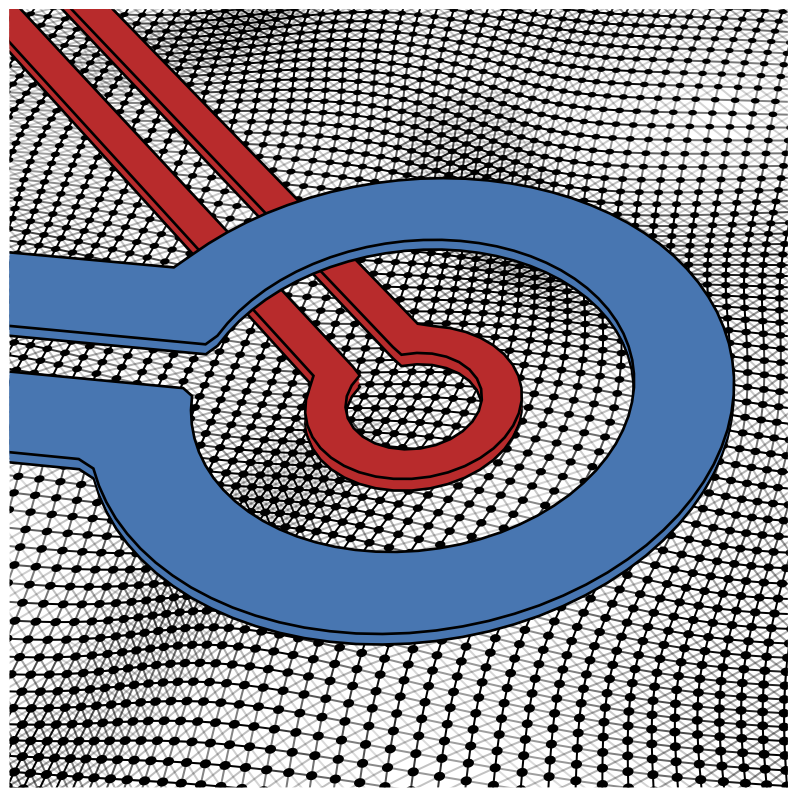Local imaging of diamagnetism in proximity-coupled niobium nanoisland arrays on gold thin films
Published in Physical Review B, 2022
Citation: Logan Bishop-Van Horn*, Irene P. Zhang*, Emily N. Waite, Ian Mondragon-Shem, Scott Jensen, Junseok Oh, Tom Lippman, Malcolm Durkin, Taylor L. Hughes, Nadya Mason, Kathryn A. Moler, and Ilya Sochnikov, "Local imaging of diamagnetism in proximity-coupled niobium nanoisland arrays on gold thin films", Phys. Rev. B 106, 054521 (2022) (Editors' Suggestion). https://doi.org/10.1103/PhysRevB.106.054521

Summary: In this work, we study the effect of engineered disorder on the local magnetic response of proximity-coupled superconducting island arrays by comparing scanning superconducting quantum interference device (SQUID) susceptibility measurements to a model in which we treat the system as a network of one-dimensional (1D) superconductor–normal-metal–superconductor Josephson junctions, each with a Josephson coupling energy EJ determined by the junction length or distance between islands. We find that the disordered arrays exhibit a spatially inhomogeneous diamagnetic response which, for low local applied magnetic fields, is well described by this junction network model, and we discuss these results as they relate to inhomogeneous 2D superconductors. Our model of the static magnetic response of the arrays does not fully capture the onset of nonlinearity and dissipation with increasing applied field, as these effects are associated with vortex motion due to the dynamic nature of the scanning SQUID susceptometry measurement. This work demonstrates a model 2D superconducting system with engineered disorder, and it highlights the impact of dissipation on the local magnetic properties of 2D superconductors and Josephson junction arrays.
